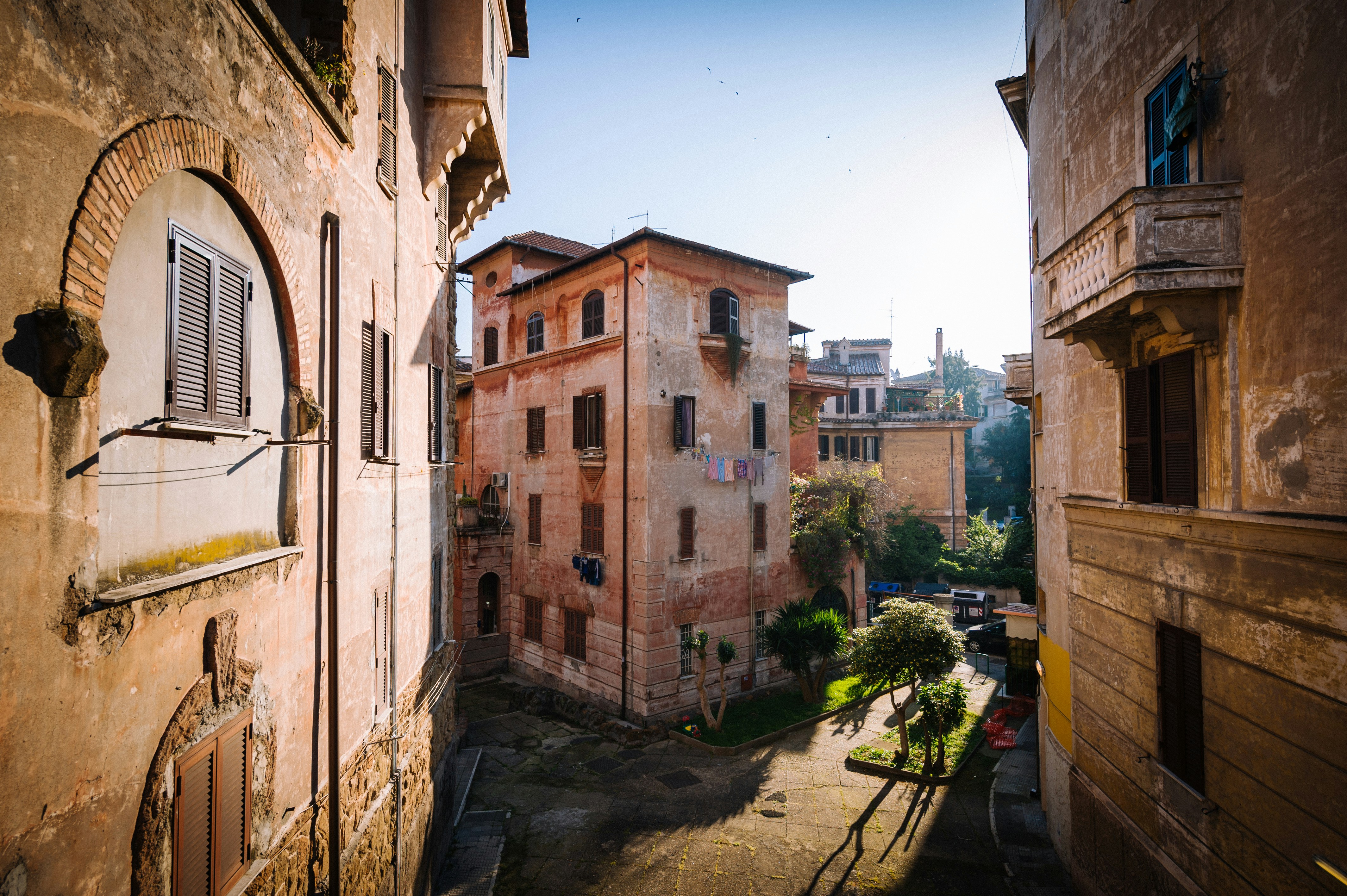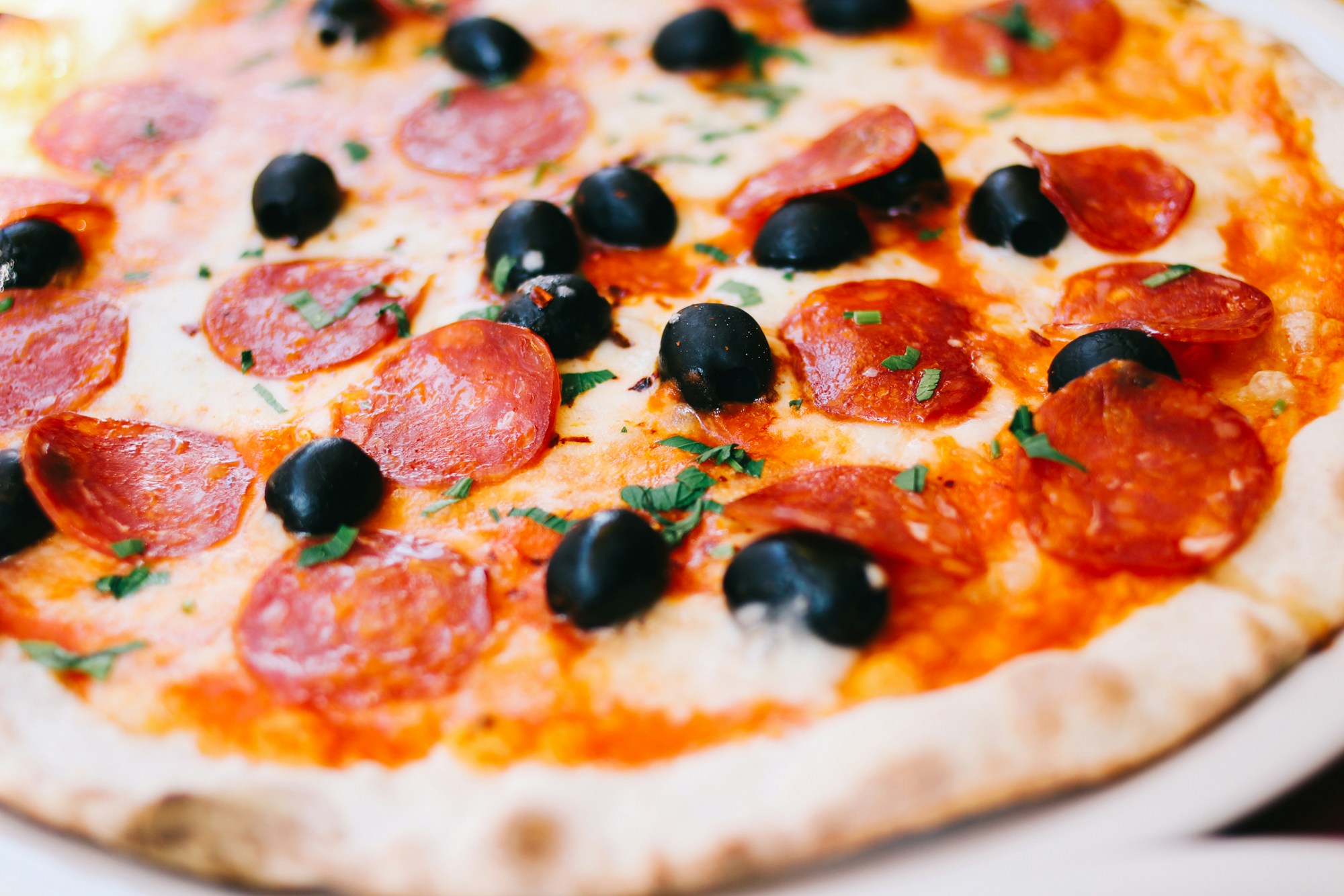
Curator’s statement
Florence and Rome are absolute must-visits if you want to experience the true heart of the Renaissance. Florence, with its breathtaking art and stunning architecture, was home to legendary figures like Leonardo da Vinci and Michelangelo, all thanks to the support of powerful families like the Medici. The city’s wealth and vibrant cultural scene created the perfect atmosphere for art and science to flourish, and you'll feel this energy pulsate as you wander through its streets. Rome, on the other hand, was once a city caught between the humanist and cultural vibrancies of the Renaissance, and the imposing and complex power of the Catholic Church. Witness the awe-inspiring sights like St. Peter's Basilica, where Renaissance mastery became infused in Catholic culture. These dual cities not only shaped history but also continue to hold the essence of that revolutionary time — a perfect blend of art, architecture and incredible stories waiting to be discovered!
The Fora Difference
Book with Stephen to access exclusive perks and experiences on your trip.
Killer perks
Free upgrades, spa credits and more—we got you
Personalized recs
Customized travel planning for your style
Insider knowledge
Expert advice from people who’ve actually been there
Where to stay in Italy
Unlock perks by contacting Stephen to book your trip.
Things to do in Italy

Rome
St. Peter’s Basilica & the Vatican Museum: The Basilica is seen as the epitome of Renaissance architecture, designed by Michelangelo, Raphael and Bernini. Standing beneath the magnificent dome, you can see how the church influenced Renaissance art and culture. Afterwards, explore more of Vatican City (the country within a city!) and the Vatican Museum, home to some of the greatest masterpieces of the Renaissance, including Raphael's Rooms and Michelangelo's Sistine Chapel ceiling, which are crucial to understanding the era's artistic revolution.
The Pantheon: Though older, this ancient Roman building inspired Renaissance architects, including Michelangelo, who saw it as a model of harmony and proportion.
Piazza del Campidoglio: Designed by Michelangelo, this square reflects the blending of classical Roman architecture with Renaissance ideals.
Villa Farnesina: A Renaissance villa with stunning frescoes by Raphael, showcasing the period's devotion to classical themes and its growing focus on humanism and beauty.
Arezzo & Orvieto
Choose one city on your way and the other upon your return to Rome!
Casa Petrarca (Arezzo): The home of Francesco Petrarca, renowned Italian poet and the “Father of the Renaissance,” Casa Petrarca offers a glimpse into the transition period of time between the medieval and Renaissance eras. Now a museum, the home showcases artifacts and manuscripts that highlight Petrarch’s contributions to literature and offers insight into his developing role as a humanist.
Pozzo della Cava (Orvieto): The Pozzo della Cava in Orvieto is an ancient underground well, originally Etruscan, later expanded during the Renaissance by Pope Clement VII as a water supply during sieges. Today, it is part of a network of caves showcasing archaeological finds, ceramics and insights into the city's subterranean history.
Florence
Brunelleschi’s Dome (Duomo di Firenze; Santa Maria del Fiore): A marvel of Renaissance engineering, this dome atop the Florence cathedral showcases the genius of Filippo Brunelleschi’s architectural innovations.
Museo Galileo: Dedicated to the father of modern science, this museum houses Galileo’s telescopes, scientific instruments and his infamous preserved middle finger.
Uffizi Gallery: Home to masterpieces by Botticelli, Leonardo da Vinci and Michelangelo, this museum is essential for understanding Renaissance art and thought.
San Lorenzo & the Medici Chapels: A major Medici family church featuring Michelangelo’s New Sacristy, combining art, architecture and scientific precision in its design.
Bonus hidden gem: Officina Profumo-Farmaceutica di Santa Maria Novella: One of the world’s oldest pharmacies (established in 1381), where Renaissance-era monks developed medicinal remedies, perfumes and herbal elixirs still sold today.
Places to eat & drink in Italy

Rome
Retrobottega: A modern and innovative restaurant helmed by chefs Giuseppe Lo Iudice and Alessandro Miocchi. It’s known for its experimental approach to Italian cuisine, focusing on seasonal and high-quality ingredients. Expect dishes to be anything but traditional! Your palette will be met with fun, artistic and flavorful fusions.
Faro: Luminare del Caffè: Faro is a must-visit for coffee lovers. It’s one of the few specialty coffee shops in Rome that takes a scientific approach to brewing, offering high-quality beans sourced from the best roasters. Whether you prefer pour-over, espresso or cold brew, you’ll find expertly crafted coffee here. To complement, they serve delicious pastries and light bites. Perfect for a mid-day snack between sightseeing or for breakfast before starting your day!
Gelateria del Teatro: Nestled in a charming alleyway near Piazza Navona, Gelateria del Teatro is famous for its creative and natural flavors. They use fresh ingredients sourced from local markets, including Sicilian pistachios, Amalfi lemons and Tuscan hazelnuts. Unique flavors such as lavender-lemon and raspberry-sage set this gelateria apart.
Bonus hidden gem: Osteria del Belli: Tucked away in the charming Trastevere neighborhood, Osteria der Belli is a family-run trattoria specializing in Sardinian and Roman cuisine. It’s beloved by locals but often overlooked by tourists. The seafood dishes are especially noteworthy, featuring ultra-fresh ingredients and traditional Sardinian flavors. Their spaghetti alle vongole, fregola with seafood and grilled fish are must-tries. The trattoria’s façade may be unassuming but its cozy atmosphere, warm service and authentic dishes make this spot a true hidden gem.
Florence
Castello di Verrazzano: Whisk away for the day outside the Florentine walls (approximately 18 miles) into the heart of Tuscany’s Chianti Classico region. This historic winery offers guided tours of its vineyards and cellars, culminating in wine tastings paired with local delicacies.
Trattoria Mario: A beloved local spot known for its authentic Tuscan dishes, especially the bistecca alla Fiorentina. The atmosphere is lively, with communal seating and a no-reservations policy, so arriving early is advisable.
Pizzeria I Camaldoli: Known for its expertly crafted pizzas made with 48-hour fermented dough and high-quality ingredients like stone-ground Pagliericcio flour. With a charming terrace overlooking Mercato Centrale, it offers a relaxed dining experience featuring Italian and Mediterranean dishes, including vegetarian, vegan and gluten-free options.
Caffè Gilli: Established in 1733, Caffè Gilli is the oldest café in Florence, offering exquisite pastries, coffee and a classic Florentine ambiance. It's an ideal spot for breakfast or an afternoon espresso.
Need to know
Plan around peak hours: Major attractions like the Colosseum and Vatican Museums get crowded quickly. Book tickets in advance and visit early in the morning or late in the afternoon to avoid long lines.
Wear comfortable shoes: Rome’s historic center is best explored on foot, but the cobblestone streets can be tough on your feet. Comfortable walking shoes are a must, especially if you're visiting sites like the Roman Forum or Trastevere.
Be mindful of local etiquette: When visiting churches (like St. Peter’s Basilica), dress modestly by covering shoulders and knees. Also, avoid sitting on historic monuments!

Travel Advisor
Stephen Barnes

Get in touch with Stephen
Did you like this guide? Reach out to customize and book your own experience. Or, just to chat about travel in general.
You can expect a response from Stephen within 1–2 business days. You’ll also be subscribed to our traveler newsletter (you can unsubscribe at any time).
For more inspiration and insider recommendations, visit our Italy page.